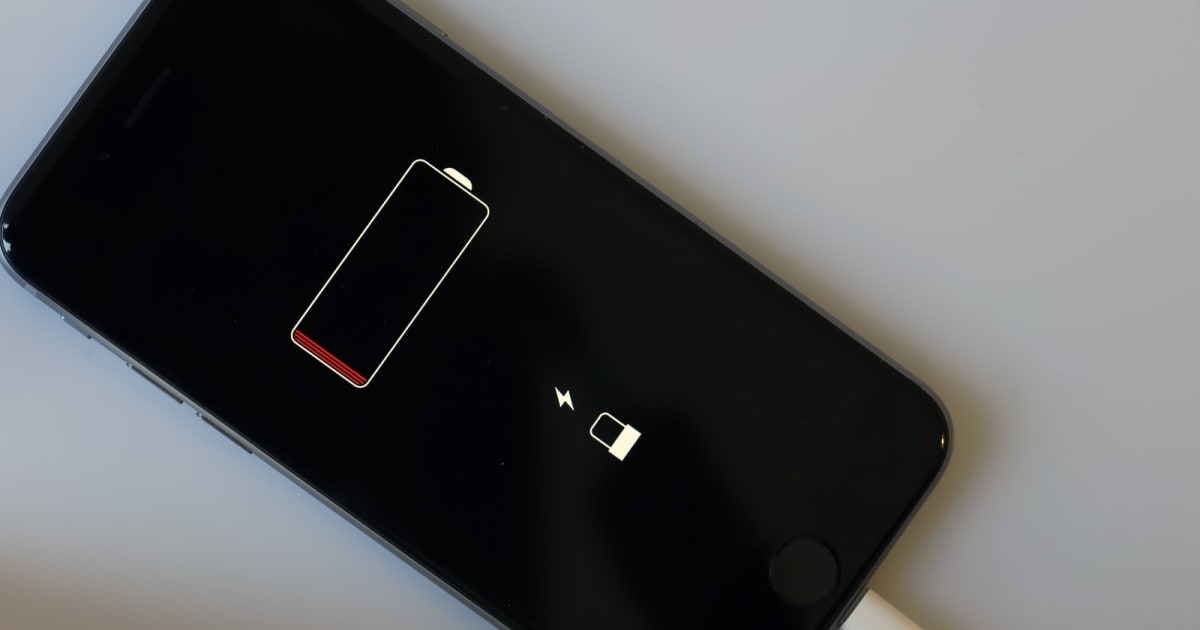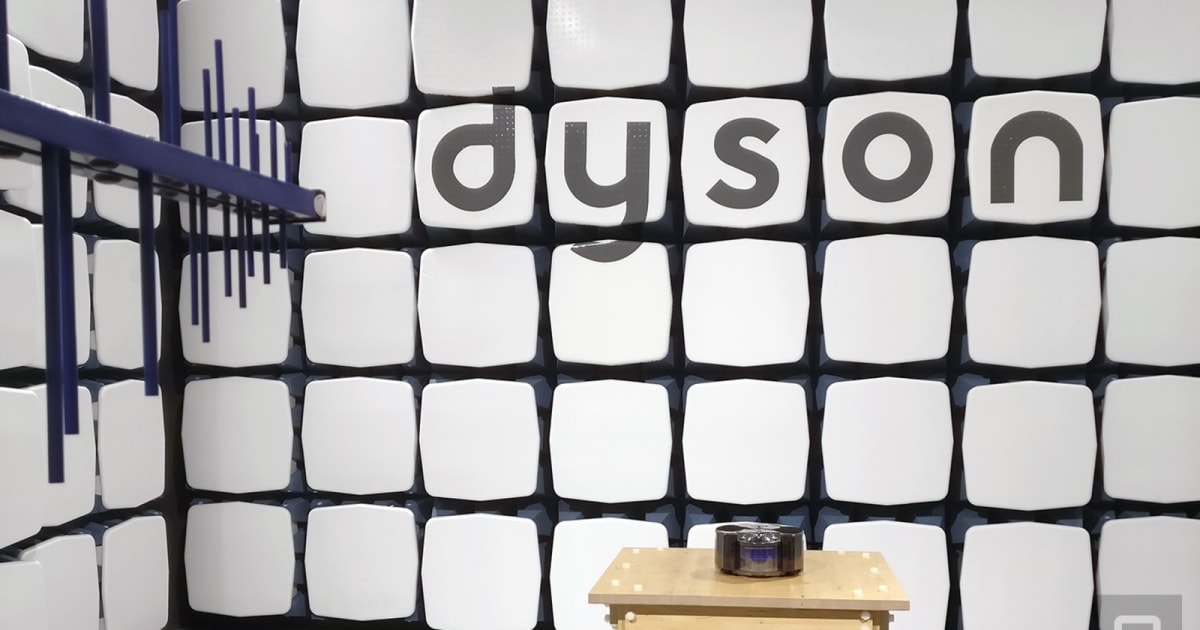US Utilities Have Finally Realized Electric Cars May Save Them
http://ift.tt/2Ivpcdl
Pity the utility company. For decades, electricity demand just went up and up, as surely as the sun rose in the east. Power companies could plan ahead with confidence. No longer. From a report: This year, the Tennessee Valley Authority scrapped its 20-year projections through 2035, since it was clear they had drastically underestimated the extent to which renewable energy would depress demand for electricity from the grid. But there is a bright spot for utilities: electric vehicles (EV), which make up 1% of the US car market. For years, that market barely registered on utilities’ radar. As EVs find growing success, utilities are building charging infrastructure and arranging generous rebates. Pacific Gas and Electric, Southern California Edison, San Diego Gas & Electric, and New Jersey’s PSE&G have partnered with carmakers to offer thousands of dollars in rebates for BMW, Nissan, and other brands. Now utilities are asking Congress for help as they attempt to keep tapping into EV demand. A collection of 36 of the nation’s largest utilities wrote a letter (PDF) to congressional leadership on March 13, asking for a lift on the cap on EV tax credits. The signatories’ include California’s Pacific Gas & Electric, New York’s Consolidated Edison, the southeast’s Duke Energy Company, and others covering almost every state. At the moment, Americans who buy electric vehicles receive a $7,500 federal tax credit (along with some state incentives) for each vehicle.
Read more of this story at Slashdot.
Battery
tech-reading
via Slashdot https://slashdot.org/
March 16, 2018 at 07:01AM




